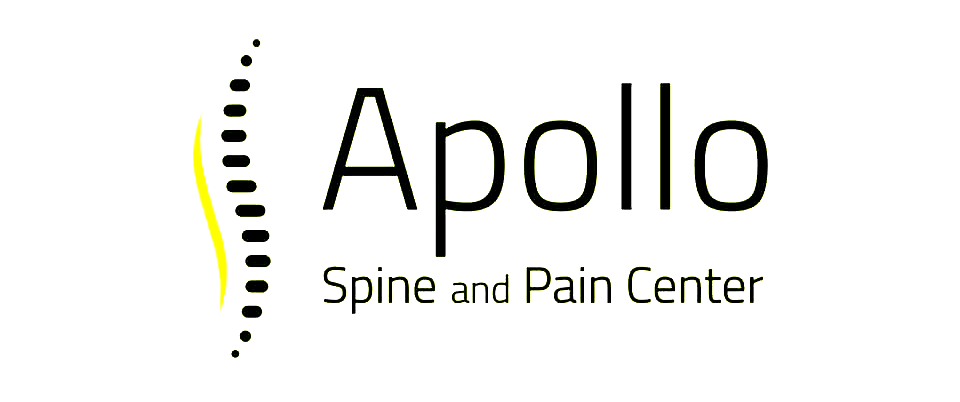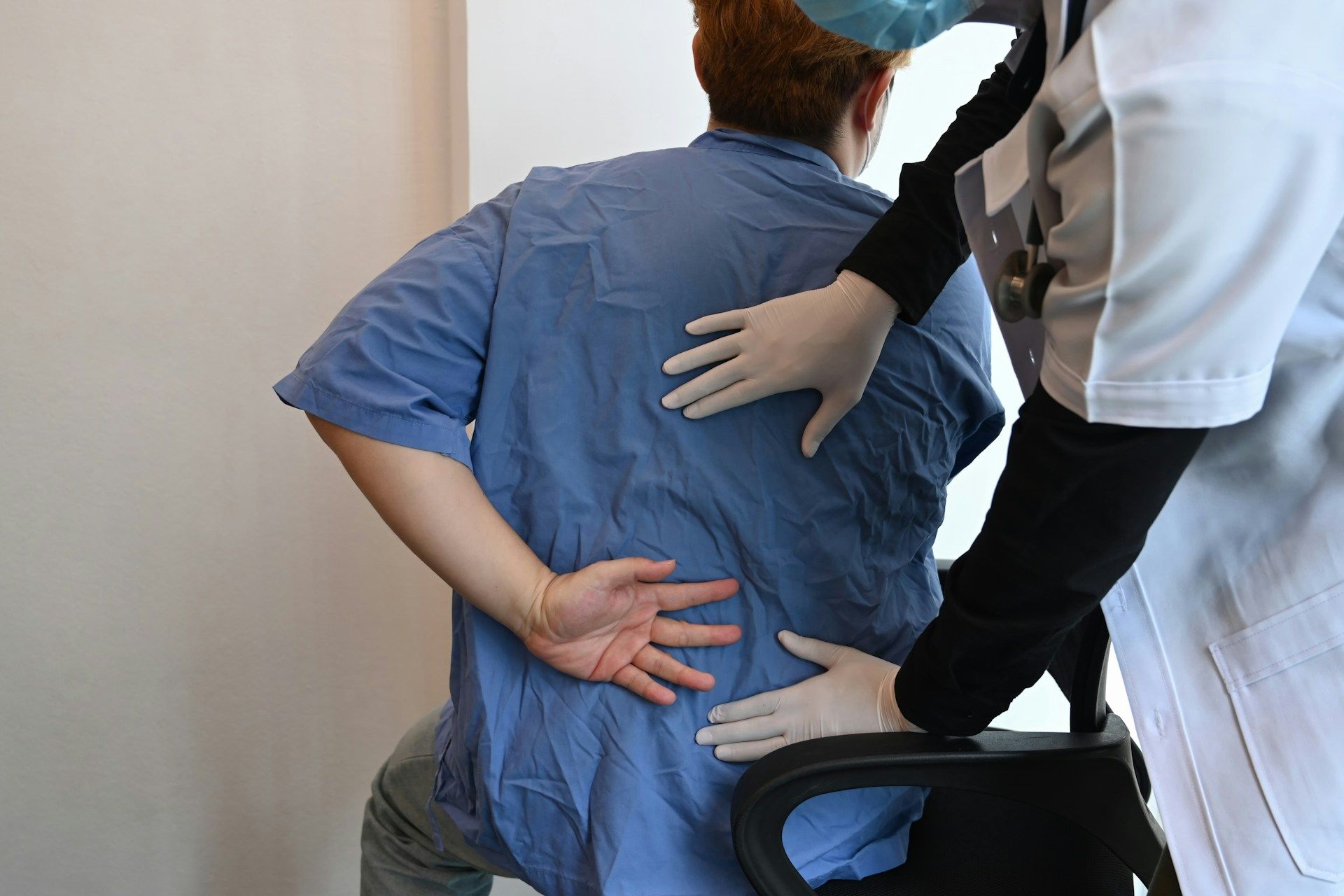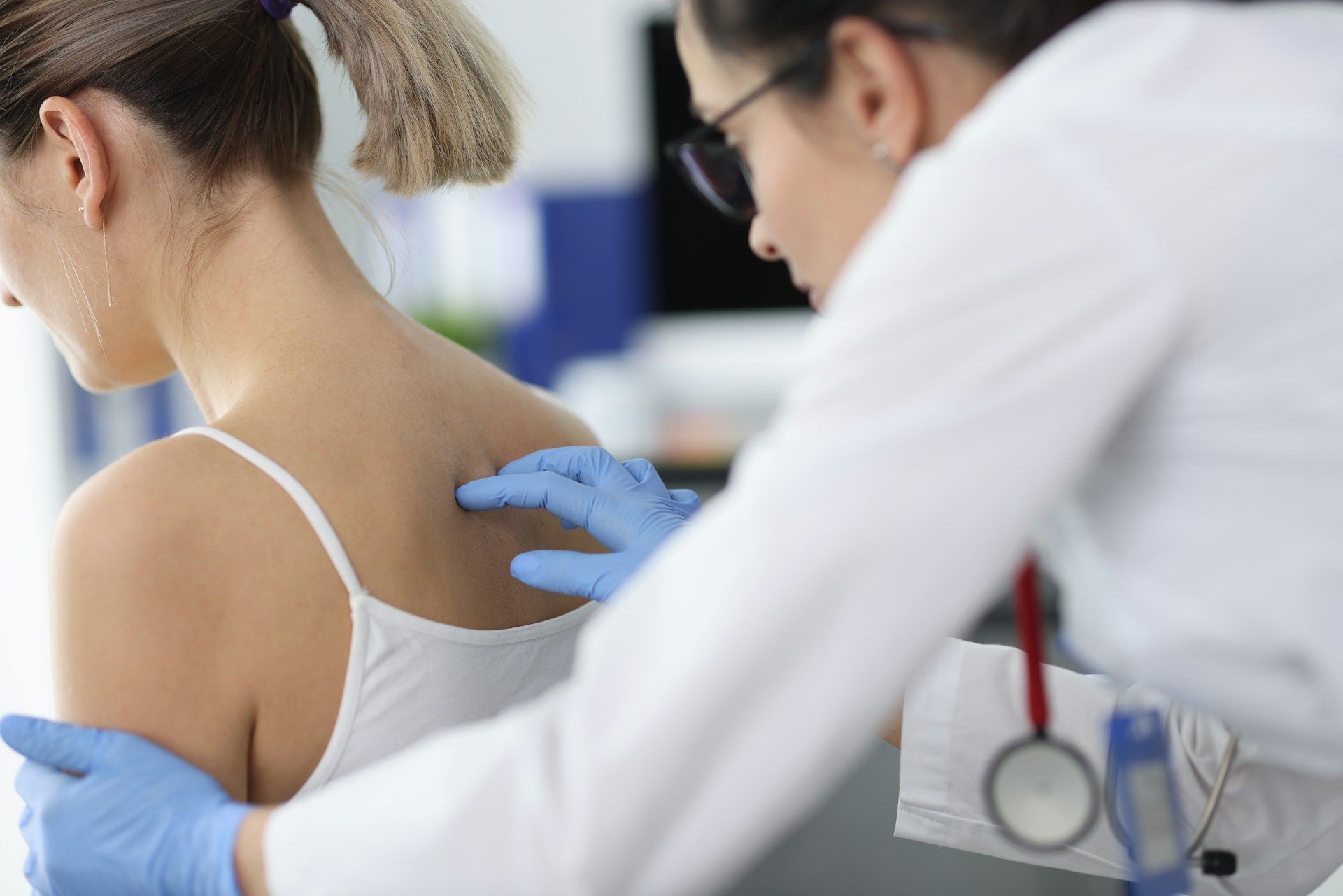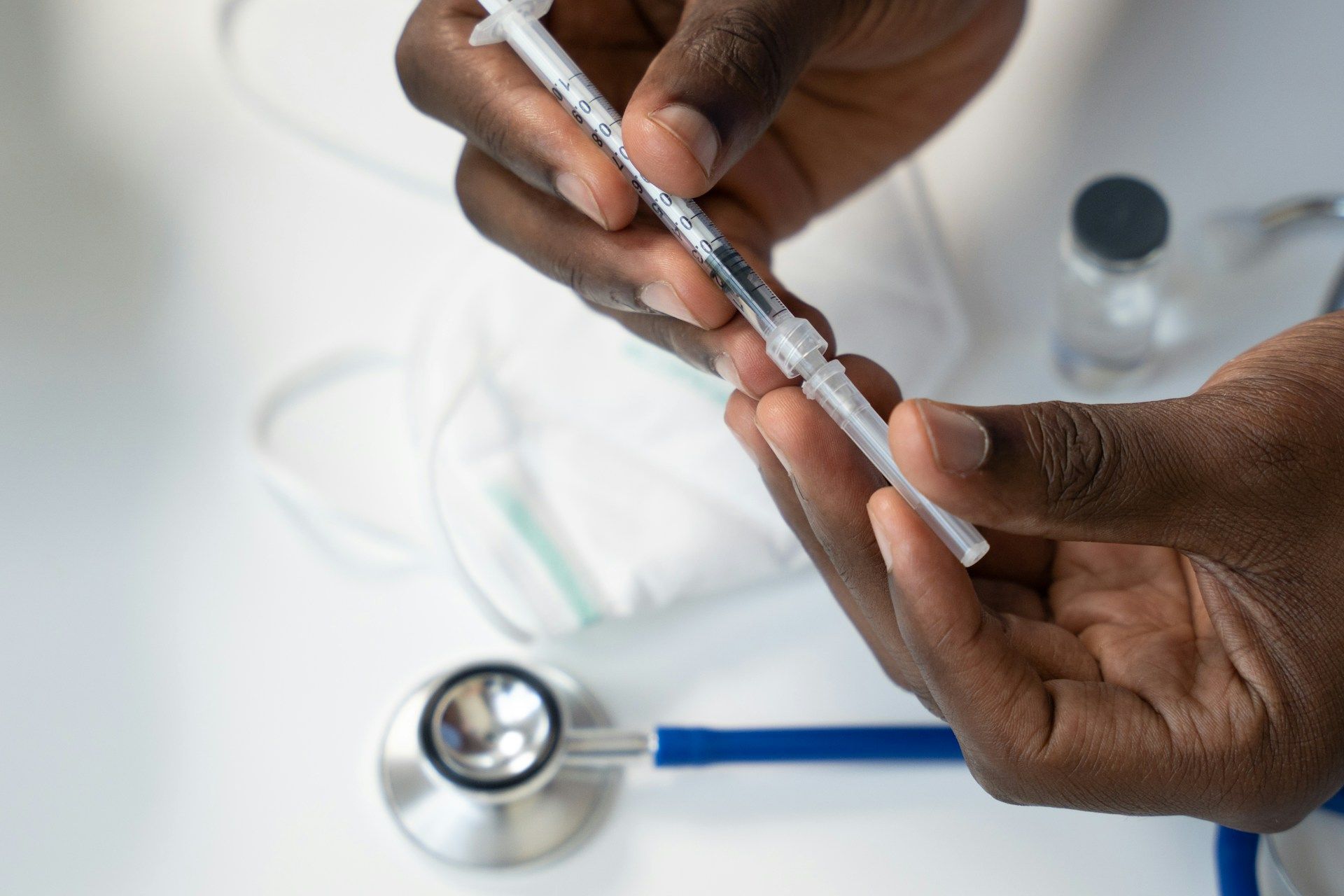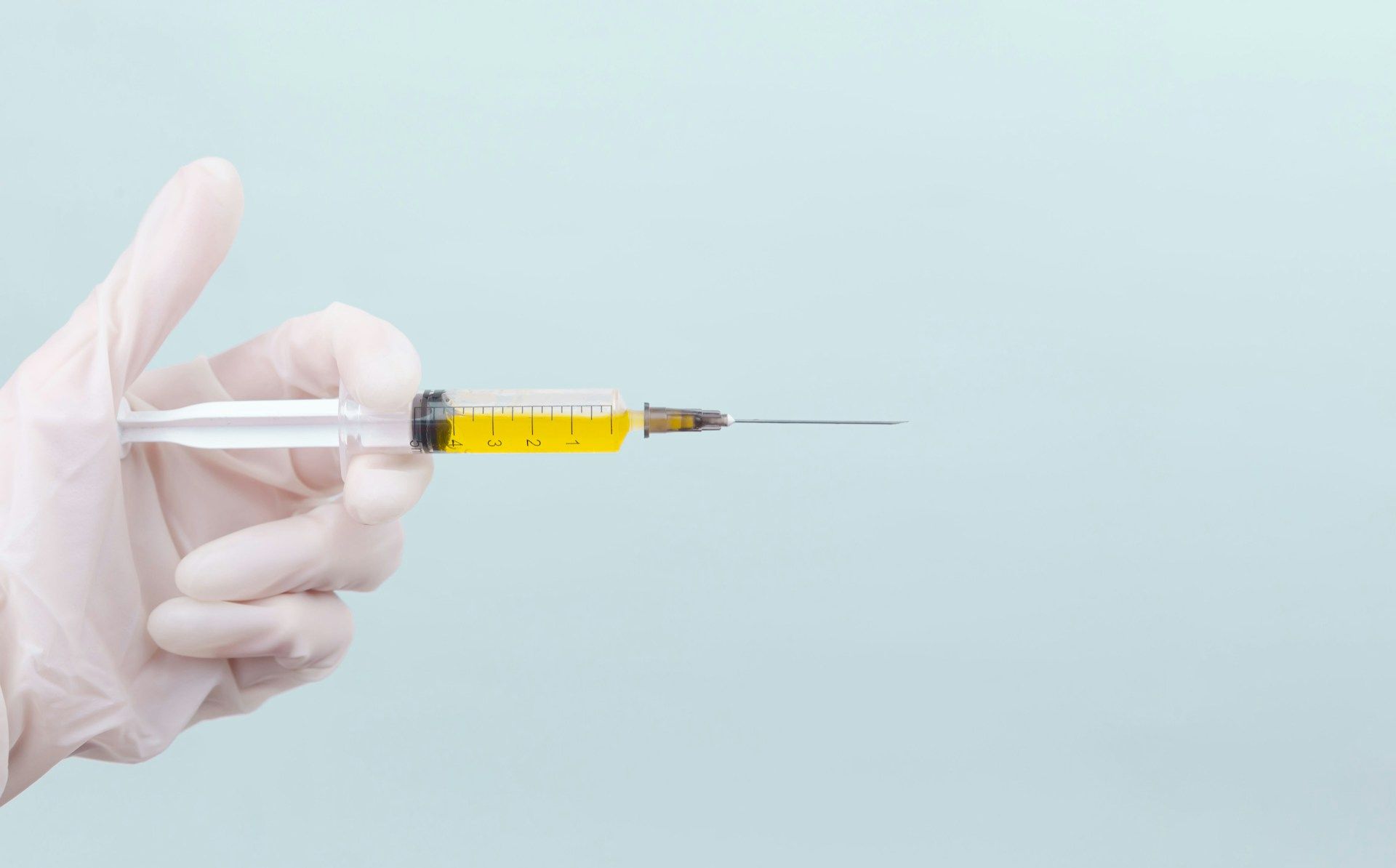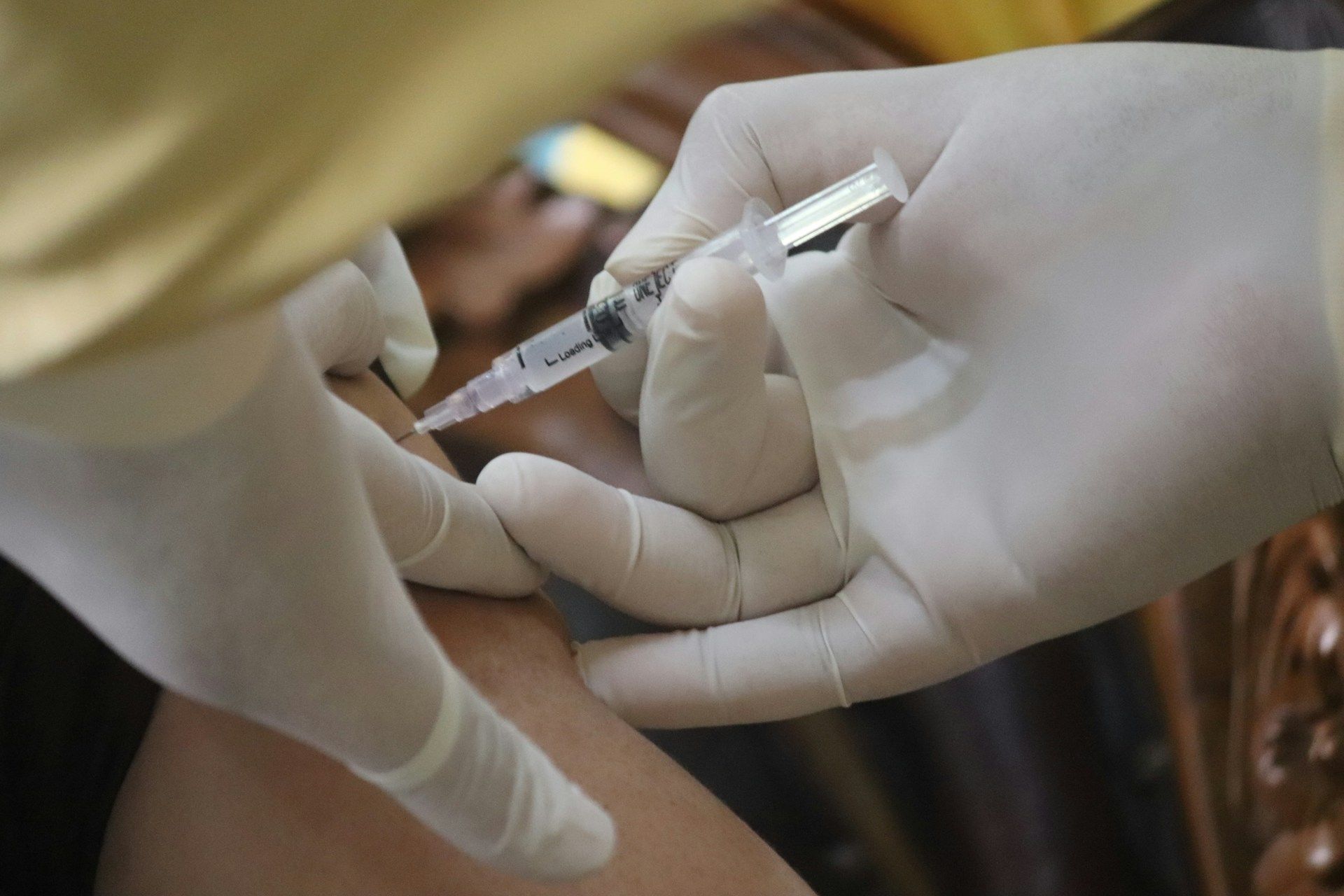Exploring the Efficacy of PRP Therapy in Treating Peripheral Neuropathy
Peripheral neuropathy is a condition that affects millions globally, characterized by nerve damage predominantly in the hands and feet. This damage often results in pain, numbness, and debilitating discomfort that can significantly impact daily activities and quality of life. At our clinic, we specialize in innovative treatments that target and alleviate these nerve-related symptoms, including Platelet-Rich Plasma (PRP) therapy.
PRP therapy is a groundbreaking approach in the field of regenerative medicine, particularly effective in the management of various neuropathic conditions. Utilizing the body’s own healing mechanisms, provides a promising alternative to conventional treatments, which are often limited to pain management rather than therapeutic healing. Our application of PRP therapy is designed to not only reduce pain associated with peripheral neuropathy but also to promote nerve regeneration and functional recovery.
In this discussion, we delve deeper into the fundamentals of peripheral neuropathy, the specifics of PRP therapy, and a comprehensive overview of how this treatment can be integrated into broader therapeutic strategies to enhance patient outcomes. Our goal is to inform patients about the potential of PRP therapy as a non-surgical option to effectively manage and potentially reverse the effects of peripheral neuropathy.
What Is Peripheral Neuropathy and How Can PRP Therapy Help?
Peripheral Neuropathy refers to the conditions resulting from damage to the peripheral nervous system, the extensive communication network that transmits information between the central nervous system (the brain and spinal cord) and every other part of the body. Symptoms can range from numbness, tingling, and pain, to more severe motor control issues, and can greatly impair one's quality of life. The causes vary, often stemming from diabetes, infections, inherited disorders, and exposure to toxins. However, the resulting pain and discomfort remain a common thread.
In our relentless pursuit to offer advanced pain relief, we have embraced Platelet-Rich Plasma (PRP) therapy as a promising interventional treatment for Peripheral Neuropathy. PRP therapy involves using a concentration of a patient's own platelets to accelerate the healing of injured tendons, ligaments, muscles, and joints. In the context of neuropathy, injecting these growth factor-rich platelets into the affected area can potentially regenerate nerve tissue and alleviate pain.
This innovative approach leverages the body’s natural healing processes, significantly impacting nerve recovery and pain management without the risks associated with more invasive procedures.
Key Components of PRP Therapy: A Closer Look at the Process
PRP therapy is a three-step process that begins with the collection of blood from the patient. This might sound daunting, but it is a safe and straightforward procedure. Here’s a closer look at what this innovative treatment entails:
1. Blood Collection and Platelet Concentration: Typically, a small amount of blood is drawn from the patient’s arm—much like a standard blood test. This blood is then placed in a centrifuge, a machine that spins the blood at high speeds. This process separates the blood components and allows for the extraction of platelets and plasma.
2. Platelet Activation: Once the platelets are concentrated, they are treated with calcium chloride or a similar agent which activates the platelets. Activation is crucial as it triggers the release of growth factors and proteins that promote healing and tissue regeneration.
3. Platelet Injection: The final step involves injecting the activated platelet-rich plasma directly into the affected area of the body. For those suffering from Peripheral Neuropathy, the injection is typically administered around areas where nerve damage is most extensive. This process does not require general anesthesia, and patients can usually resume normal activities almost immediately post-procedure.
The beauty of PRP therapy lies in its simplicity and the minimal risk associated with using one's own biological material to facilitate healing. Added to that, the procedure can be completed within a few hours, making it a convenient option for those seeking effective pain management solutions.
Evaluating the Benefits of PRP Therapy in Peripheral Neuropathy Management
The application of Platelet-Rich Plasma (PRP) therapy in managing peripheral neuropathy has shown promising results, particularly in its effectiveness at enhancing nerve regeneration and alleviating pain. This regenerative medicine technique helps mitigate the neuropathic pain and discomfort that many patients experience, providing a much-needed alternative to conventional treatments that often involve heavy reliance on medications. By concentrating and utilizing the patient’s own platelets, PRP therapy facilitates a natural healing process, potentially reducing the inflammation that exacerbates neuropathic pain.
Further, clinical observations have highlighted improvements in patients' sensory functions following PRP treatments. These enhancements include increased sensation in areas that previously registered as numb or tingling, a common complaint among those suffering from peripheral neuropathy. The ability of PRP to promote healing at the cellular level offers a compelling argument for its use as part of a broader neuropathy management plan, aligning with our commitment to employing advanced therapeutic strategies to improve patient outcomes.
Integrating PRP Therapy with Other Treatment Modalities for Comprehensive Care
At our clinic, the integration of PRP therapy with other treatment modalities creates a synergistic effect that enhances overall treatment efficacy for peripheral neuropathy. Our multidisciplinary approach ensures that PRP therapy is not just a standalone treatment but part of a comprehensive care plan that includes physical therapy, medication management, and lifestyle modifications. This integrative strategy is critical in addressing the multifaceted nature of neuropathy, targeting not only the symptoms but also the underlying causes.
For instance, combining PRP therapy with physical therapy helps in regaining lost functionalities and improving strength and flexibility, further aiding the recovery process. Medication management can help regulate any associated conditions that exacerbate neuropathic symptoms, such as diabetes or vascular health issues. This holistic approach ensures that each aspect of the patient’s health is accounted for, optimizing recovery and enhancing quality of life.
Conclusion
Incorporating innovative treatments like PRP therapy into our comprehensive care strategies demonstrates our commitment to evolving patient care standards and improving life quality for those suffering from peripheral neuropathy. By staying at the forefront of medical advancements and tailoring our therapies to meet individual patient needs, we not only address the symptoms but also foster a healthier, more vibrant future for our patients.
If you or someone you know is struggling with symptoms of peripheral neuropathy, consider reaching out to Apollo Spine and Pain Center. Explore how our advanced treatment options and dedicated care plans can help manage pain effectively and regain a comfortable, active lifestyle. Contact us today to learn more about our
PRP pain management services and how we can assist you in your recovery journey!
